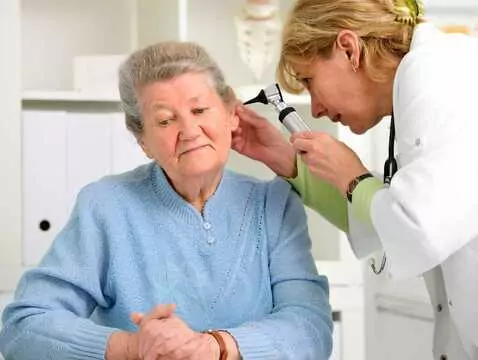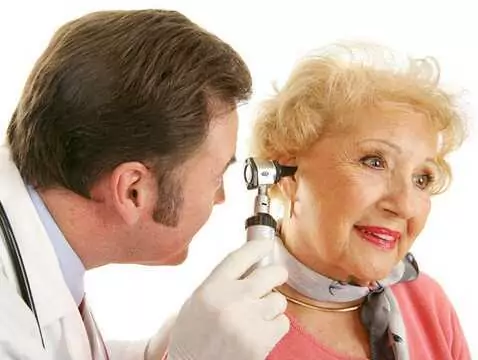An imbalance disorder, or vertigo, is a condition resulting from a disturbance in one of the components of the balance system. The number of connections and the variety of synapses make it extremely difficult to determine the specific cause of balance disorders and dizziness. However, it is the correct diagnosis that allows appropriate treatment and relief of symptoms. The majority of patients qualify for conservative treatment - pharmacotherapy, but in a few cases, when all other methods fail - surgical intervention becomes necessary.
The maintenance of balance in the physical sense of the word is determined by a number of factors, one of which is the correct functioning of the balance system (vestibular system), which consists of the vagus, the vestibular nerve, the vestibular nucleus, and the connections between them in the cerebellum, brainstem and cerebral cortex. In addition, the organ of vision and the entire network of deep sensory receptors, located in joints, tendons, muscles and ligaments, throughout the human body are also a component of the balance system.
Neurotransmitters
In both the central and peripheral nervous system, several types of synapses have been shown to exist, providing a means of communication between neurons. These differences are due to the type-specific chemicals released at synapses following the action of a specific stimulus. Some release excitatory glutamate, others have an inhibitory effect - such as gamma-aminobutyric acid (GABA). Other neurotransmitters include serotonin, dopamine, norepinephrine and tryptophan.
Dizziness - what is the underlying cause?
Many diverse diseases include dizziness in their symptom catalogue. This is because a disruption of even one small area of the balance system results in a disruption of its global functioning, which manifests itself precisely through the subjective sensation of 'dizziness'. Nevertheless, these disorders can also be the result of damage to the morphology of the nervous system (both in the context of the central and peripheral systems). However, the causes of dizziness vary according to the age of the patient. According to research and expert observations, in children, migraines are the most common cause of vertigo, while it is less common as a result of epilepsy or torticollis. In addition, they may also be caused by vegetative disorders or be the result of medication.
Therapy
In the vast majority of cases, treatment for vertigo is in the form of taking appropriate medication, which can sometimes be supported by rehabilitation, psychotherapy, physical therapy or lifestyle changes. However, it is very important to determine what exactly is causing the dizziness disorder, so multi-specialist consultations are necessary. In very rare cases, surgical treatment becomes necessary.
Administration of medication in the acute phase of vestibular disorders
Symptomatic pharmacotherapy is used depending on the phase in which the dizziness is present. When the acute phase of vestibular disorders is in question, medication should be administered via the parenteral route (intravenously), ensuring that the patient is positioned in a safe position and that the patient is quiet and calm. Symptomatic medication can also be used once the acute phase of the disorder has passed - however, it is necessary to limit the duration of this type of therapy.

photo: panthermedia
Conservative treatment
If the specific cause of the dizziness can be determined, which is often a difficult and complicated procedure, conservative pharmacotherapy can be implemented, which is based on levelling the cause of the disorder.
The context changes, however, if we turn our attention to the problem of vertigo in children, where conservative treatment is almost impossible and therapy consists only of symptomatic administration of medication and often only of observation of the child's condition.
Surgical procedures
Another aspect of therapy in the course of dealing with vertigo is surgical treatment, which is undertaken extremely rarely and only in cases that pose an immediate threat to the patient's life and health.









